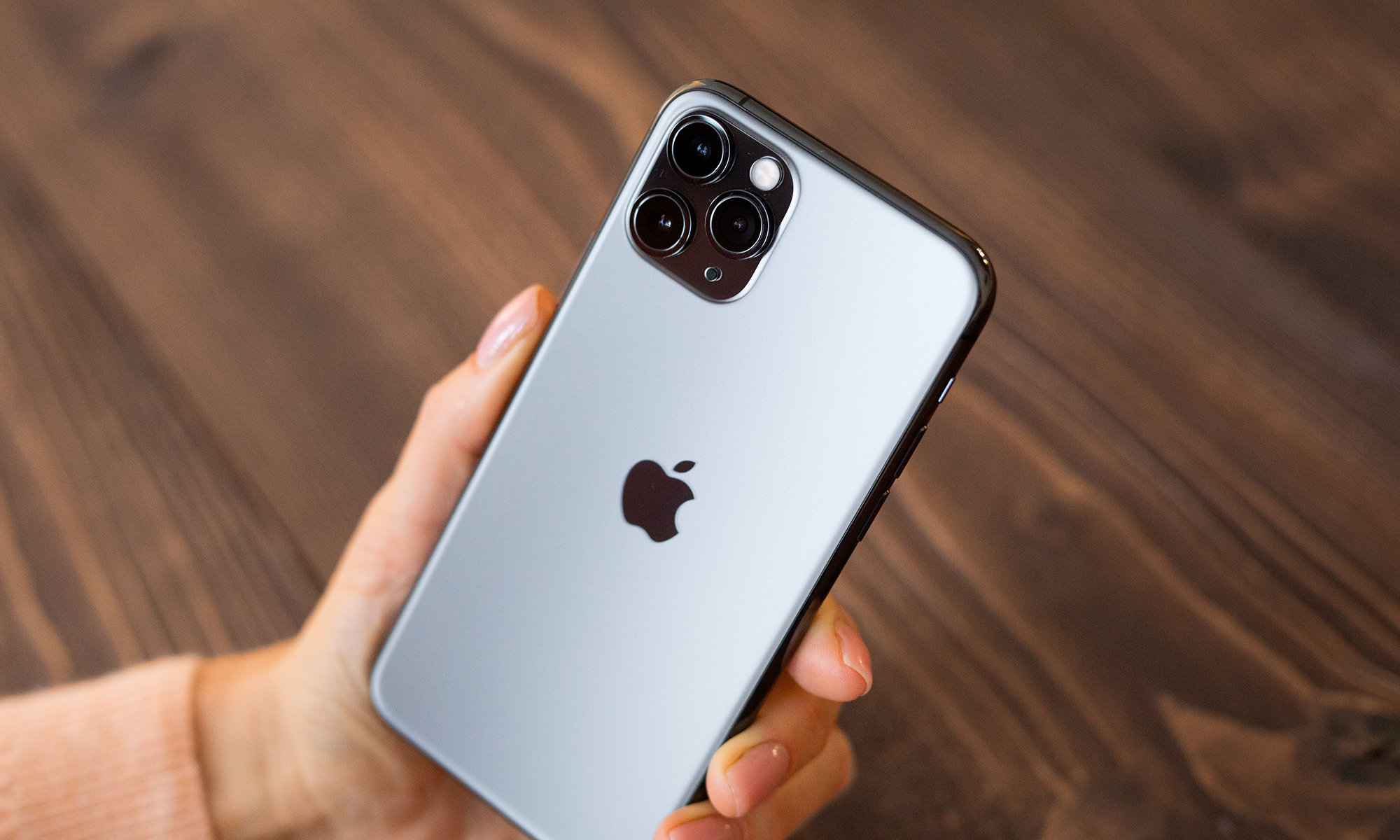Samsung's (NASDAQOTH: SSNLF) latest flagship phablet, the Galaxy Note III, is its most successful ever. The device, which is too small to be a tablet, yet too large to be considered a traditional smartphone, has shipped 10 million units since its launch in October. Although Apple (AAPL +0.10%) CEO Tim Cook has defended his company's decisions, Apple's steadfast refusal to enter the phablet market could be costing the company sales.
Apple's iOS is now the only major smartphone operating system not available on a phablet, as Nokia's (NOK +2.57%) new devices have brought Windows Phone to an audience that demands a bigger screen.
Phablets aren't just a niche anymore
When Samsung introduced the original Galaxy Note, reviewers didn't know what to make of it. The Verge characterized it as having a "one-size-fits-none" form factor, while BGR said those who buy it will be "unhappy."
Yet many did -- Samsung shipped 5 million Galaxy Notes within the first five months. Its follow-up, the Galaxy Note II, was even more successful, shipping 5 million in just two months. And now, two months after the release of Samsung's Galaxy Note III, Samsung says it has shipped 10 million.
Of course, the Note line still isn't as popular as Samsung's flagship smartphones -- the Galaxy S4 had shipped 20 million units in the first two months on the market. Still, the Galaxy Note line has become a large and growing part of Samsung's mobile business.
The bigger opportunity could be in emerging markets
That success has attracted a host of competitors, including Sony's Xperia Z Ultra and HTC's One Max. But Samsung's influence has extended beyond the Android ecosystem -- in October, Nokia unveiled two new phablets running Windows Phone.
Most American buyers will be more familiar with the more powerful of the two, the Lumia 1520, but the cheaper Lumia 1320 could ultimately be much more successful. The popularity of Samsung's expensive Galaxy Note III is proof that there's phablet demand in developed markets, but phablets are actually far more popular in developing economies.
In fact, if you exclude Japan, during the second quarter, phablets outsold PCs and tablets in Asia, according to IDC data. Most of the phablets sold were cheap Android devices made by Chinese companies, which is why Nokia's Lumia 1320 could be successful.
The 1320 retails for just $339 unlocked. It's set to go on sale in India this week and should find buyers among India's growing population of Windows Phone users. Nokia's budget Lumia 520 has been so popular in India that some sellers actually raised the price of the phone two months after its release.
An Apple phablet in 2014?
I doubt that Apple would offer a low-cost phablet -- given its unwillingness to price the iPhone 5c for emerging-market consumers, a cheap phablet seems like a long shot. But in light of Samsung's success with the Galaxy Note line, Apple's complete lack of a phablet is costing the company sales in developed economies.
It could also be hurting margins. The average selling price, or ASP, of an iPhone has been falling in recent quarters -- from $631 in the second quarter, to $580 in the third quarter, down to $577 in the fourth quarter. More expensive phones generally carry higher margins -- it's no surprise that as ASP has fallen, Apple's gross margin has declined, from a peak of 47.4% to 37% in the last quarter.
Samsung sells its Galaxy Note III at a premium to its flagship S4: unlocked, the Note III costs $900, compared with $700 for the S4 with equivalent internal storage. If Apple adopts the same strategy, it could sell an iPhone phablet a premium to the iPhone 5s and boost its ASP and gross margin in the process.
Recent reports have suggested that an iPhone phablet is in the works -- Bloomberg reported last month that Apple plans to release an iPhone with a 5.5-inch screen in the near future. If Bloomberg's report is true, it should be welcomed by Apple shareholders.
But the longer Apple goes without a phablet, the more the company is missing out.







